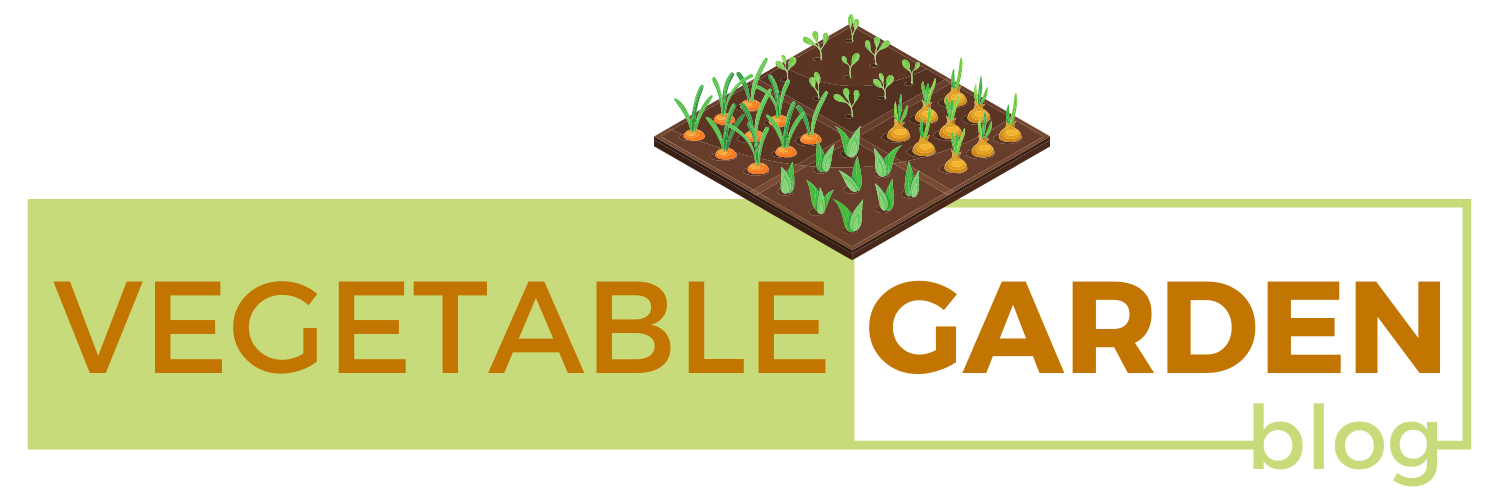Embarking on a gardening journey is an exciting endeavor, but it requires careful planning, especially when it comes to starting seeds. Different regions have varying climates and growing seasons, making it essential to tailor your seed starting schedule accordingly. Whether you’re a novice gardener or a seasoned pro, having a comprehensive seed starting calendar customized to your gardening zone is crucial for success. Let’s delve into the ultimate seed starting calendar designed to suit every gardening zone.
Understanding Gardening Zones: Gardening zones, also known as hardiness zones, categorize geographical regions based on their average annual minimum temperature. The United States Department of Agriculture (USDA) developed the Plant Hardiness Zone Map, dividing North America into 13 zones, each representing a 10°F difference in average annual minimum temperature. These zones help gardeners determine which plants are most likely to thrive in their specific climate.
Seed Starting Basics: Before diving into the seed starting calendar, it’s essential to understand some seed starting basics. Seeds require the right conditions to germinate successfully, including adequate warmth, moisture, and light. Additionally, factors like soil type, drainage, and proper air circulation play crucial roles in seedling development. By adhering to best practices and following a tailored seed starting calendar, you can optimize your chances of growing healthy plants from seed.
The Ultimate Seed Starting Calendar: Here’s a comprehensive seed starting calendar tailored to various gardening zones, helping you kickstart your gardening journey with confidence:
- Early Spring (Zones 1-3):
- Indoors: Start seeds for cold-hardy vegetables such as kale, lettuce, and spinach.
- Outdoors: Directly sow seeds for peas, radishes, and carrots as soon as the ground is workable.
- Late Spring (Zones 4-6):
- Indoors: Begin seeds for warm-season crops like tomatoes, peppers, and eggplants.
- Outdoors: Transplant hardened-off seedlings of cool-season crops and sow seeds for beans and cucumbers.
- Early Summer (Zones 7-9):
- Indoors: Continue starting seeds for heat-loving plants such as squash, melons, and basil.
- Outdoors: Plant seedlings of warm-season crops and sow seeds for heat-tolerant herbs like cilantro and dill.
- Late Summer (Zones 10-12):
- Indoors: Start seeds for fall crops such as broccoli, cauliflower, and Brussels sprouts.
- Outdoors: Directly sow seeds for quick-maturing vegetables like arugula, mustard greens, and radishes.
- Early Fall (Zone 13 and Tropical Regions):
- Indoors: Begin seeds for cool-season herbs such as parsley, chives, and mint.
- Outdoors: Plant seedlings of fall crops and sow seeds for lettuces, kale, and Swiss chard.
Tips for Success:
- Invest in high-quality seed starting mix to provide optimal growing conditions for your seeds.
- Label your seed trays or containers to keep track of different plant varieties.
- Provide adequate light for seedlings, either by placing them near a sunny window or using grow lights.
- Keep soil consistently moist but not waterlogged to prevent damping off and other seedling diseases.
- Gradually acclimate seedlings to outdoor conditions before transplanting them into the garden.
Conclusion: A well-planned seed starting calendar tailored to your gardening zone is a valuable tool for any gardener looking to maximize their harvest. By understanding your region’s climate and following the appropriate schedule for starting seeds, you can set yourself up for gardening success. Whether you’re growing vegetables, herbs, or flowers, a little preparation and the right timing go a long way in nurturing healthy plants from seed to harvest. Happy gardening!





